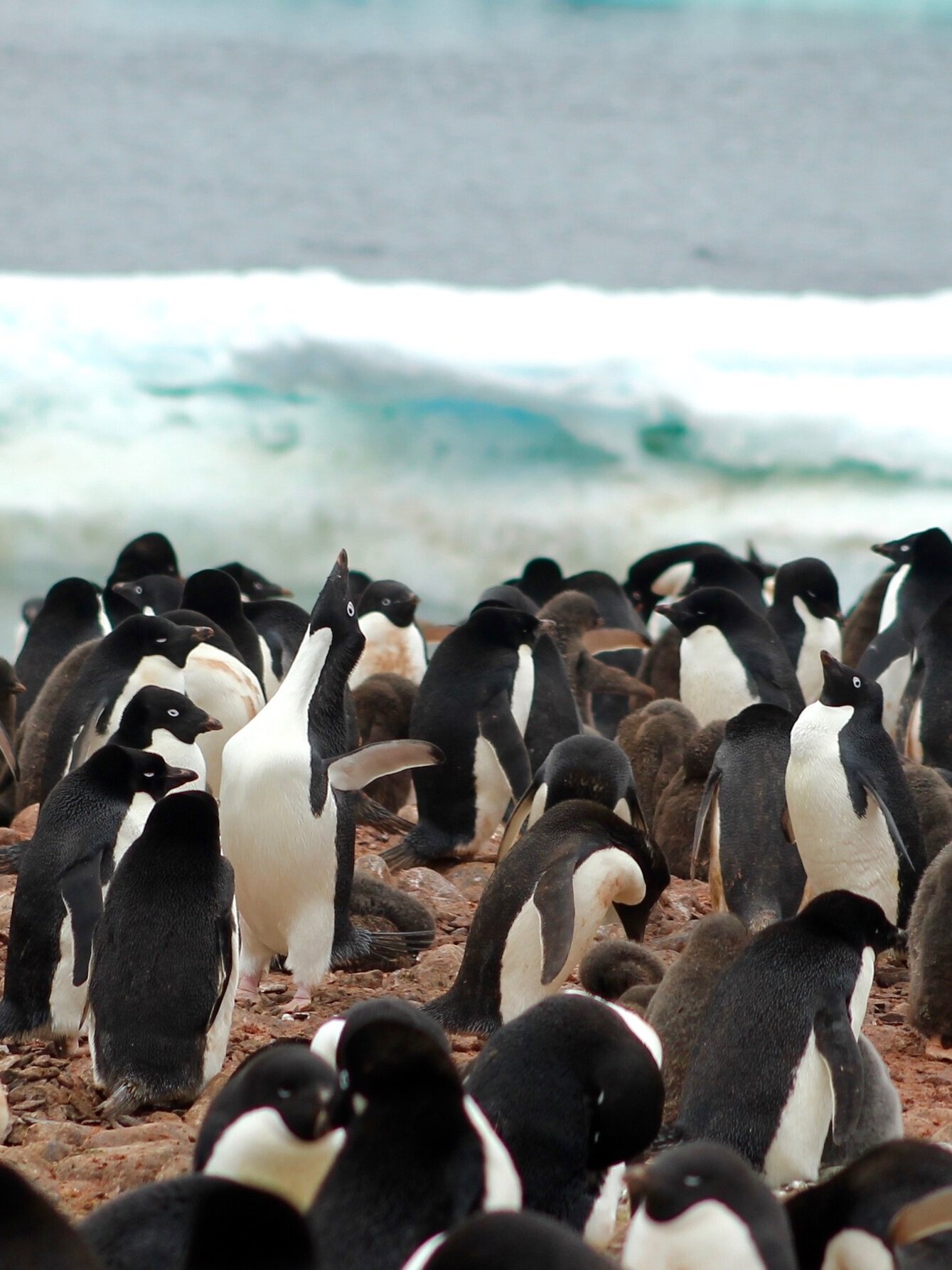8 Lessons From Wildlife Volunteering
Some come to Bali for the beaches, I come for the bears - And the crocodiles, birds, monkeys, jungle cats, squirrels, weasels…
I arrived back in Indonesia earlier than planned and found myself with extra time on my hands. But what to do? As tempting as Jakarta is, two idle weeks there sounded like a mild form of torture. Instead, I searched for volunteer opportunities and stumbled on Bali Wildlife Rescue Center (BWRC), who just happened to have an opening the day after returned from a short weekend vacation on Bangka Island. Fate? I think yes.
As far as financing a volunteer trip goes, this opportunity was a steal (and yes, you often have to pay to volunteer). $120 USD for my own room and the chance to hang out with animals for 10 days? Sign me up!
After two weeks at BWRC, I concluded that it was one of my favorite volunteer abroad experiences - I’ve had my fair share of them. The BWRC staff are incredible, the animals are endlessly entertaining, the work is engaging and since Bali is decently small, you can easily explore the area during downtime. To say it was a glorious (and gloriously dirty) ten days volunteering is an understatement. I am sad to part ways but know that I will be back one day soon. In the meantime, to honor my nostalgic mood, I present a list of eight lessons I learned while being a wildlife volunteer, though I’m sure the actual number is much higher than eight.
01. THE WORD “BREAK” HAS MANY MEANINGS
Apparently the a “break” can be a coffee run, a three hour nap or said to indicate the end of the work day. I learned the latter the hard way when I sat around for hours waiting to get back to work only for one of the staff to finally get up and say “okay, great! See you tomorrow!”
Here a “break” is anywhere from 10 minutes to 15 hours. Duly noted.
02. BEARS & I GET ALONG MARVELOUSLY
Balu is a 9-month-old baby sun bear and we became best friends. He loves holding hands, pretending to be lapdog and eating coconuts, which he is strong enough to open with his bear hands. Thankfully he uses his claws to annihilate fruit and prefers to ferociously cuddle.
0
3. CROCODILES ARE A LITTLE LAME
They legitimately do not move. One time, out of the corner of my eye, I spotted some movement and excitedly turned to my coworker to tell him, then I realized that the crocodile was eating a rock… So they are also not the smartest.
To be fair, if I were in a cage - even under rescue circumstances - I’d probably nap and stare at walls, too.
04. THE IN’S & OUT’S OF ANIMAL DIETS
Bears really do love honey, monkeys actually are banana fanatics, wreathed hornbills prefer papaya over watermelon and crocodiles eat small humans (and rocks). Just kidding on that last on the crocs, but they do only eat every 2 weeks!
05. HOW TO STAY CALM(ISH)
It’s best not to react if a monkey jumps on you, but this is easier said than done. Personally, I will always be semi-startled by an object flying out of the sky and landing on me. However, after hanging out with a bear, feeding ravenous monkeys with seriously endless appetites and showering with geckos, I’ve become pretty calm to sudden movements.
06. SQUIRRELS ARE DELIGHTFUL
These tiny, playful creatures are extremists. First they climb all over you determined to use your body as a personal jungle gym. And zip back and forth all the while getting adorably spooked by small sounds. Then, they curl up and quietly burrow for a nap in the cutest of fashions, such as in your pocket.
0
7. HOW TO BE RESOURCEFUL WITH NATURE
BWRC is great about utilizing their environment to reduce their impact. Even “after work drinks” come straight from the tree, and let me tell you, there’s nothing quite like a fresh coconut after a long day.
Also, the animal enrichment toys are made from trees, old tires, bamboo and other reusable items. They are fun to make too! Forget PetCo, when I get home my cat will only receive toys that I have made from scavenging and scouring the forest floors.
08. HOW TO WEAVE LIKE A PRO
The staff taught me a fun skill, leaf weaving, and the result is surprisingly sturdy. These serve as enrichment toys for the animals so they can climb, chew and grab at something natural.
We had an international school stop by for a tour and I was honored to be deemed the Leaf Weaving Professional and taught the kids the ropes.
want to volunteer at BWRC?
About the program
BWRC is a non-profit organization operated by Friends of the National Parks Foundation. Their goal is to protect Indonesia’s endangered wildlife, habitats and communities.
While this particular center is not large, there are many animals seeking shelter and medical attention. In addition to Bali, there are volunteer opportunities on Nusa Penida Island and Kalimantan.
Find more information by clicking here.
a typical day:
06:00 Food prep and animal feeding
07:00 Breakfast (for the humans)
08:00 Cleaning
10:00 Maintenance projects
12:00 Lunch
13:00 Enrichment activities
14:00 Free time
where?
Tabanan, Bali, Indonesia (a 1-hour drive from Ngurah Rai International Airport and the main area of Kuta in southern Bali)
Can’t make it to Indonesia? No problem! It’s far, I get it. Another option is to donate, which goes toward conservation efforts and animal medication.
costs:
1 week: $150
2 weeks: $250
3 weeks: $330
(Only accommodations included)












